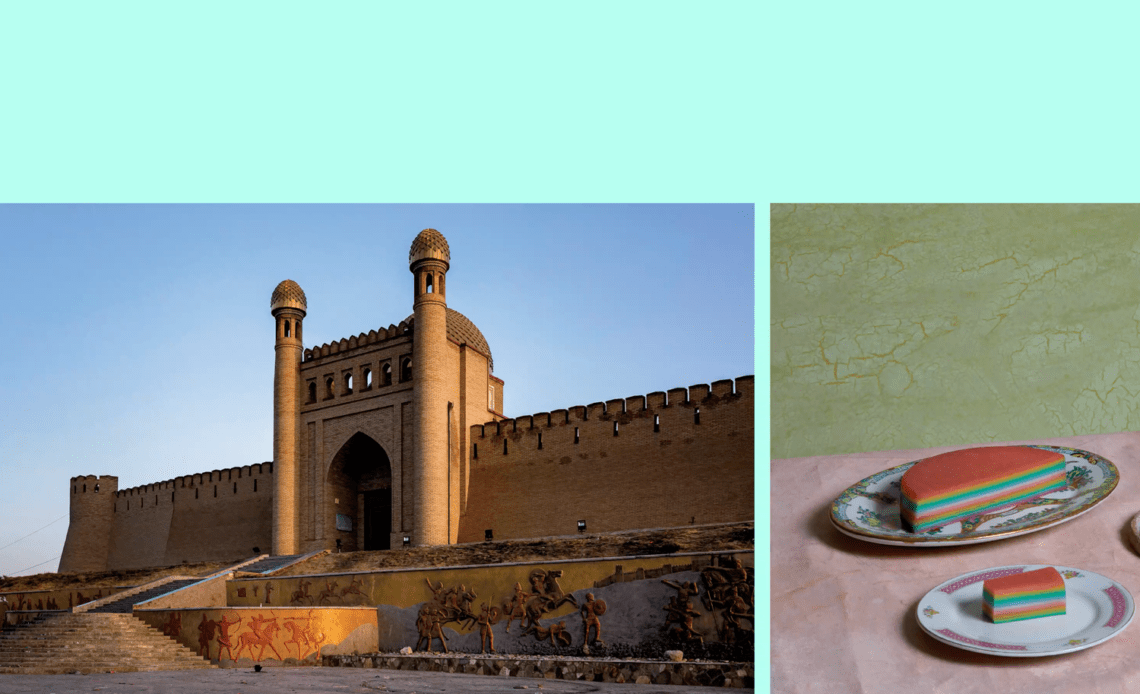Anyone who’s traveled extensively knows that a nation is a mutable concept: borders are drawn and redrawn, places are named and renamed. Such changes are almost always the result of great violence. Not that you’d know it from looking at a map, which leaves no space for blood.
Three writers go searching for echoes of a vanished culture — or a resurrected one.
– Spain: In the country’s churches and streets, the remnants of eight centuries of Islamic rule are hiding in plain sight.
– Singapore: Cuisine is one of the few ways to define Peranakan culture, a hard-to-pin-down blend of ethnic and racial identities.
– Tajikistan: While the nation’s history is being hidden behind glimmering new facades, its artisans hold on to tradition with quiet determination.
But if a nation can be reconceived, so, too, can the cultures that lie in or around or, eventually, outside its borders. In this issue, we asked three writers to go in search of a vanished culture — or a resurrected one. On her trip to Singapore, the T writer at large Ligaya Mishan found herself questioning the very concept of cultural self-identification while spending time with members of the country’s Peranakan community, the descendants of intermarriages between Indigenous people of the Malay Archipelago and migrants from across Asia. Modern-day Peranakans share no religion, costume, language or even ethnicity, and yet their influence and presence — in recent years, she notes, they have been held up as “an exemplar of hybridity,” the face of a determined, polyglot young country — is essential to Singapore’s understanding of itself.
Perhaps nowhere are the deleterious effects of capriciously determined borders more deeply felt than in the Central Asian countries created after the 1991 collapse of the Soviet Union. Traveling through Tajikistan, Anna Sherman encounters people who mark time not by hours but by epochs, and are vividly aware of how large a role chance has played in their lives — if the border had been drawn a few miles to the west or the east, would they, and their fortunes, be different? Here, Sherman looks beyond the frantic construction in the capital, Dushanbe, in pursuit instead of the country’s few remaining usto: traditional artisans in whom the history and heart of the land reside.
And then there’s Spain. As the T contributing editor Aatish Taseer notes, Spain was, for eight centuries, until 1492, the pride of a vast Islamic empire. It had been a place…
Click Here to Read the Full Original Article at NYT > Travel…
